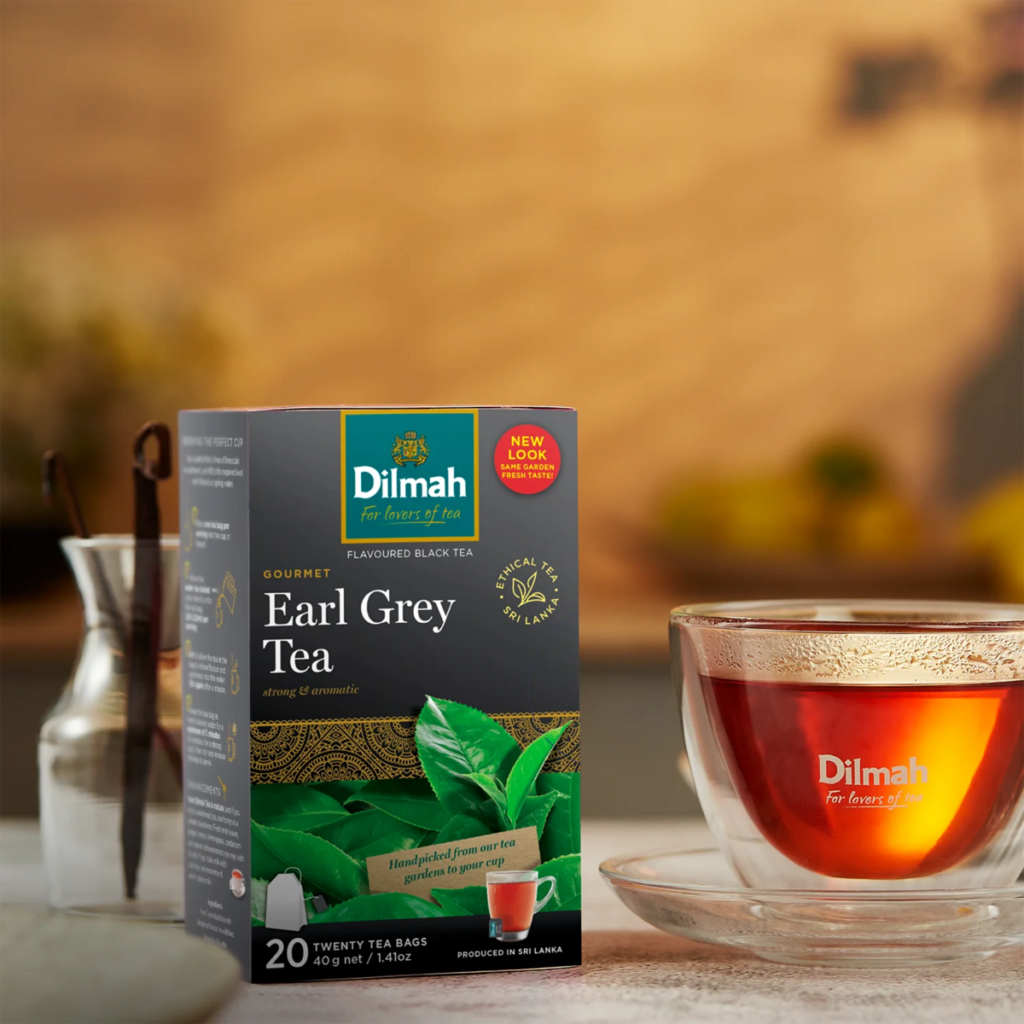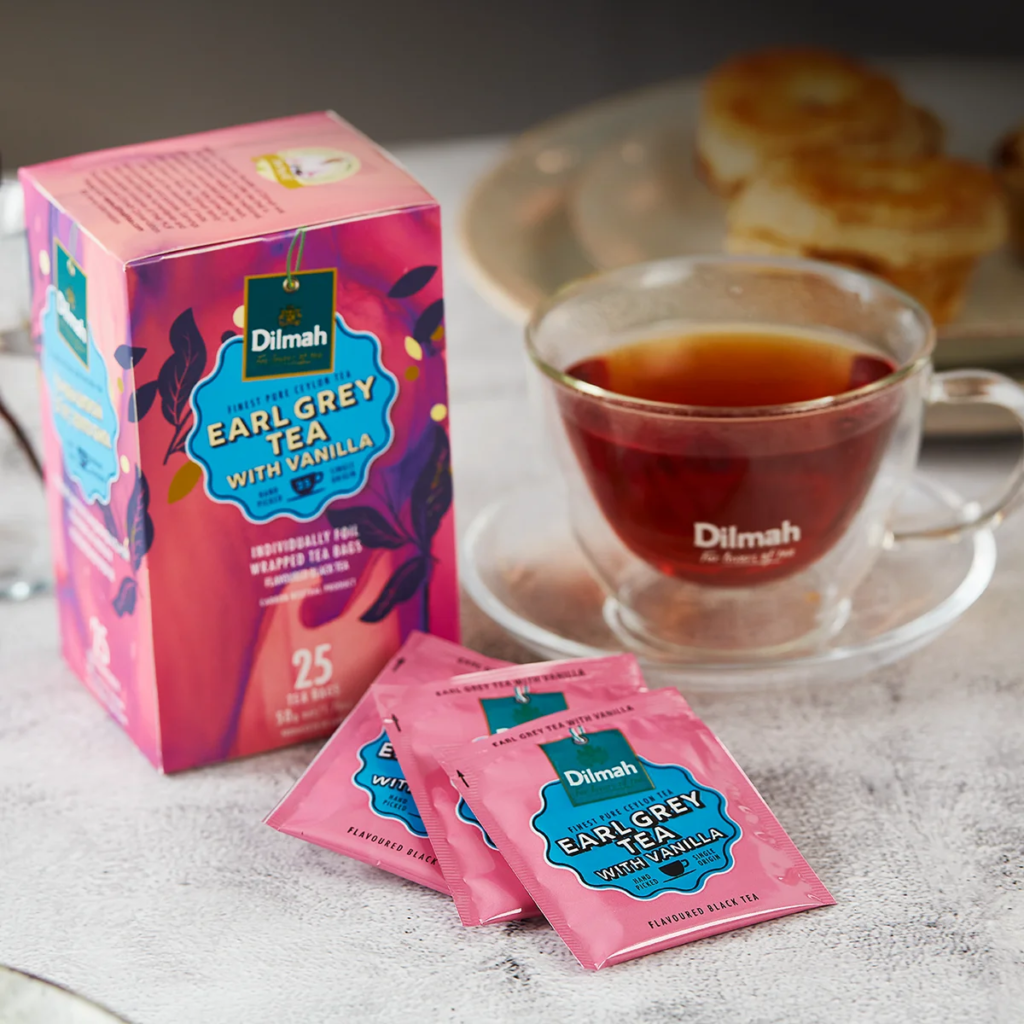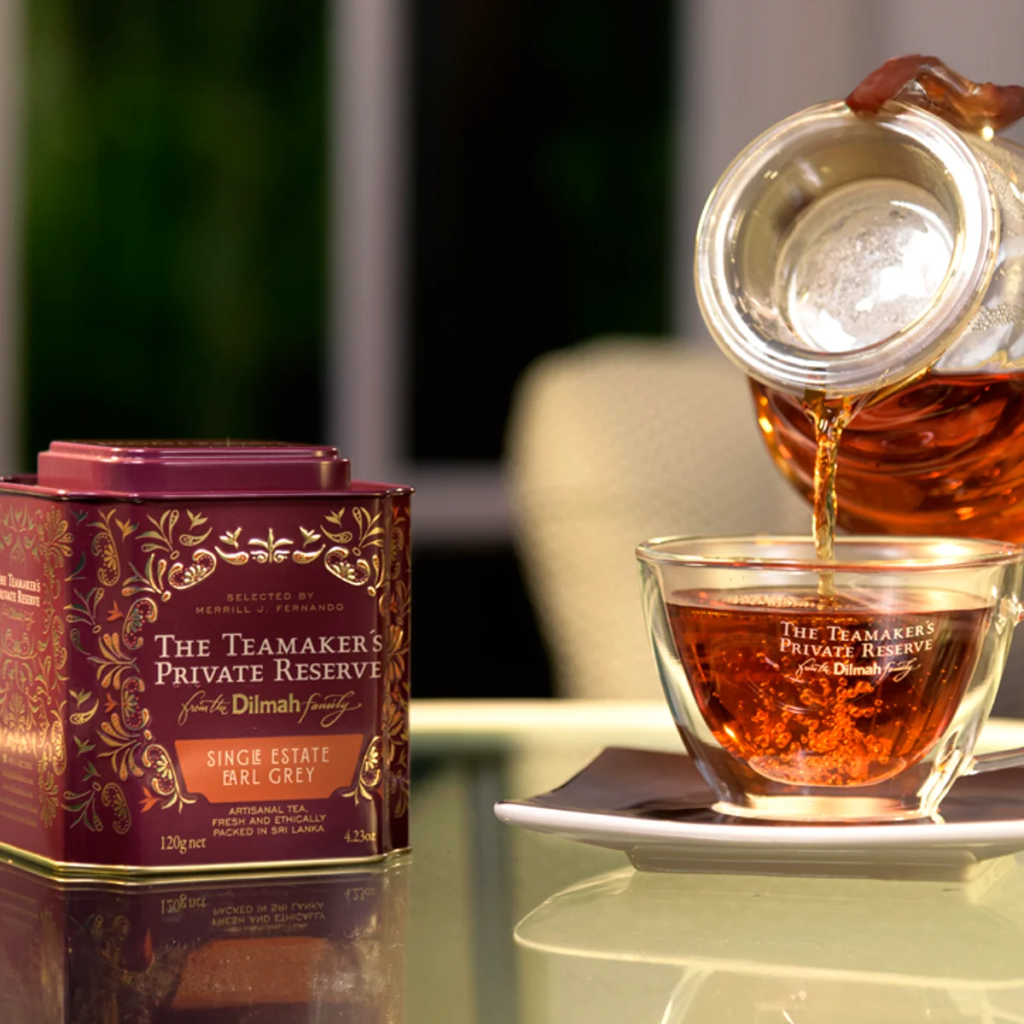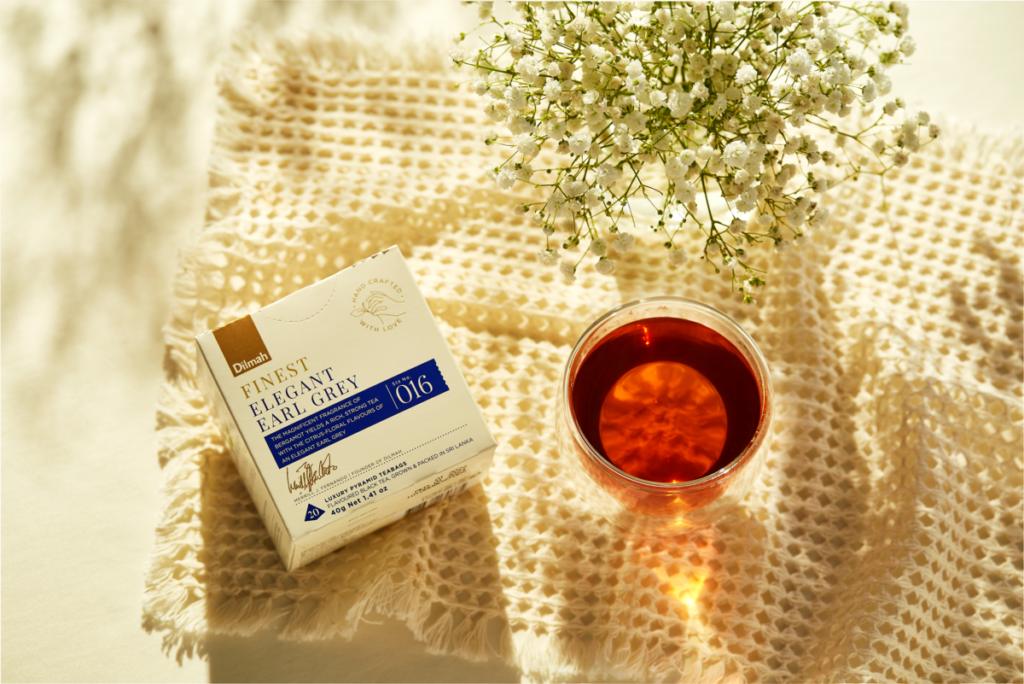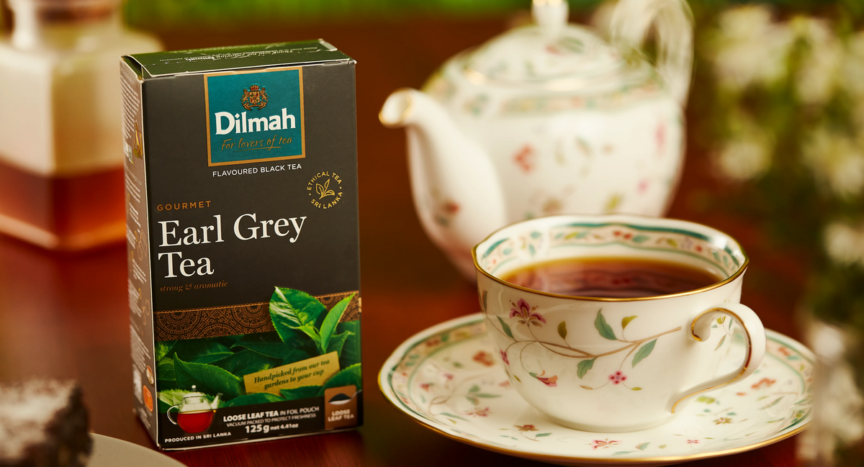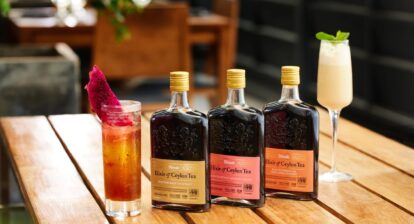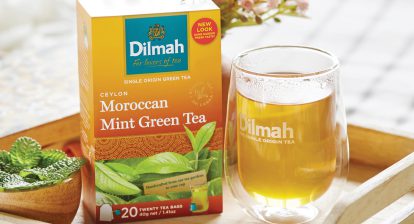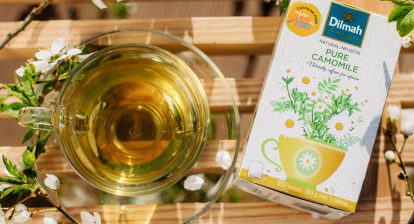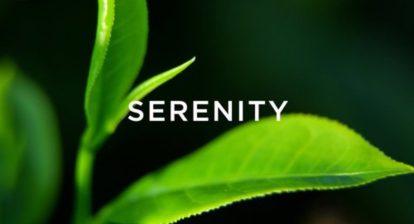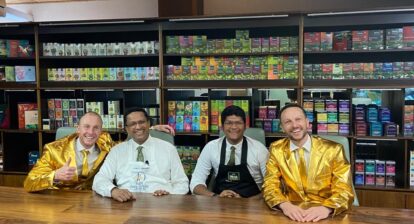Charles Grey, the 2nd Earl Grey from the House of Grey in England, served as Prime Minister of the United Kingdom between 1830-1834. It is widely believed that the Earl Grey tea enjoyed by many around the world is the namesake of this noble gentleman. As to how and why there came to be a tea named after him is not a definitively established fact. However, there are several theories that can be deemed as plausible reasoning behind the moniker.
One theory is that the tea was presented to the Earl in 1803, by a Chinese mandarin (bureaucrat scholar) as a token of gratitude for the Lord Grey’s men saving the life of his drowning son. An alternative legend with a more political philosophy is that Earl Grey was gifted the tea as a diplomatic compensation for his role in ending the East India Company’s monopoly on trade between Britain and China. In another account, the Grey family claims that the brew was specially created by a Chinese mandarin for Lord Grey to counter the overbearing presence of lime (calcium oxide) in the water at Howick Hall, the family seat in Northumberland, England. Regardless of which theory or legend is true, we’re certainly glad that Earl Grey tea exists for our enjoyment, to date!
So, what is in Earl Grey tea?
Bergamot oil is the not-so-secret ingredient that makes Earl Grey tea what it is. It is derived from the bergamot orange (Citrus bergamia), which is believed to be a hybrid between lemon and bitter orange. Predominantly native to the Mediterranean region – large-scale cultivation of the small-sized tree is found in the coastal province of Reggio di Calabria in Italy, and is also found in lesser volume in parts of Greece, Turkey, France, Algeria, Morocco, Tunisia, Argentina, Brazil and some parts of South East Asia.
The essence that is used in the production of Earl Grey tea is obtained from the peel of the bergamot fruit, which gives the resulting brew its unique citrusy-floral aroma and rejuvenating taste. In fact, so aromatic and charismatic is the essence that it is widely used in the production of perfumes, and is a key component of the original Eau de Cologne that was created by Johann Maria Farina in Germany in 1709. Bergamot essence is also frequently used in the making of Turkish delight.
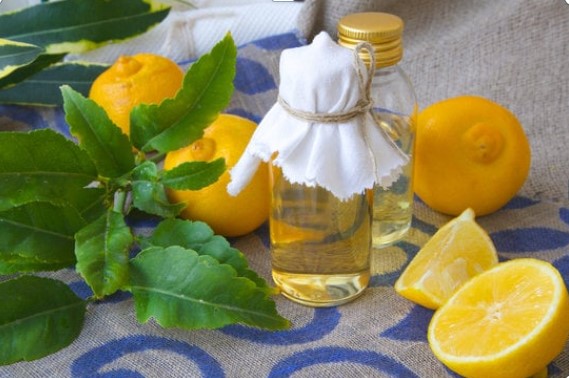
Dilmah’s Tributes to Earl Grey
If you haven’t already tried any of Dilmah’s Earl Grey teas – bergamot infused into the finest Ceylon tea – then, right now’s the time to make it happen. There’s a variety to pick from, extending from our standard range to our more exquisite ranges such as Dilmah Exceptional, Dilmah Vivid, Dilmah YUM, Silver Jubilee, 85 Reserve, and The Teamaker’s Private Reserve. You’ve also got the options of standard tea bags, gourmet pyramid bags and loose-leaf tea, and a couple of Earl Grey with vanilla options to choose from. Find out more about these teas and place an order for your preferred Dilmah Earl Grey tea here.
